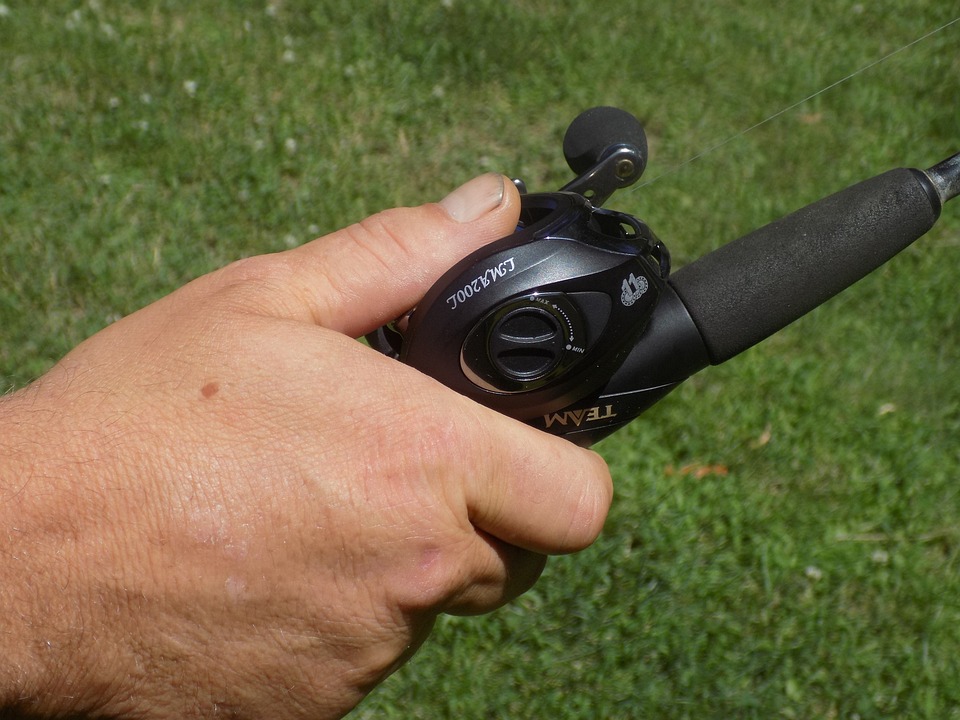Title: Supporting Fish Response to Tank Fish Territorial Displays: Understanding Fish Behavior
Introduction
Fish territorial displays are fascinating behaviors exhibited by many species in a tank environment. Understanding and supporting their response to territorial displays is crucial for maintaining a harmonious and healthy aquarium. In this article, we will explore the various factors that influence fish behavior, discuss strategies to support their response to territorial displays, and address common questions related to this topic.
1. Understanding Fish Behavior
1.1 Overview of Fish Behavior
Fish behavior encompasses a wide range of activities, including feeding, mating, and establishing territories. Understanding these behaviors is essential for creating a suitable environment for your fish.
1.2 Factors Influencing Fish Behavior
Fish behavior is influenced by a variety of factors, such as species, genetics, environment, and social interactions. By considering these factors, you can better understand why your fish exhibit certain behaviors and tailor your aquarium setup accordingly.
1.3 Importance of Territorial Displays in Fish
Territorial displays serve several purposes for fish, including defining and defending their territory, attracting mates, and establishing social hierarchies. By supporting their response to territorial displays, you can promote their natural behavior and reduce stress.
2. Creating an Optimal Environment
2.1 Tank Size and Layout
Providing a spacious tank with appropriate hiding places and territories is crucial for reducing aggression and promoting fish well-being. Research the specific spatial requirements of your fish species to ensure you meet their needs.
2.2 Suitable Habitat and Hiding Places
Offering a variety of hiding places, such as caves, plants, and rocks, allows fish to establish territories and retreat when needed. Creating a natural-looking environment mimics their natural habitat and reduces stress.
2.3 Optimal Water Conditions
Maintaining optimal water conditions, including temperature, pH, and water quality, is essential for fish health and behavior. Regular monitoring and appropriate adjustments are necessary to ensure a stable and healthy aquatic environment.
2.4 Providing Adequate Lighting
Proper lighting is crucial for fish behavior and overall well-being. Some species require specific lighting conditions to thrive and display their natural behavior. Research the lighting needs of your fish species and provide appropriate lighting fixtures.
3. Choosing Compatible Tank Mates
3.1 Researching Fish Compatibility
Understanding the compatibility of different fish species is vital for preventing aggression and maintaining a peaceful aquarium. Research the temperament, size, and social behavior of potential tank mates to ensure they are compatible with your existing fish.
3.2 Avoiding Overcrowding
Overcrowding can lead to increased stress, aggression, and competition for resources. Ensure that you maintain a suitable fish-to-tank ratio to prevent overcrowding and promote a peaceful environment.
3.3 Balancing Aggressive and Peaceful Species
Carefully select a mix of aggressive and peaceful fish species to create a balanced community. Avoid keeping highly aggressive species with more docile ones to prevent excessive aggression and potential harm to other fish.
3.4 Introducing New Fish Gradually
When introducing new fish to the tank, do so gradually to minimize stress and aggression. Quarantine new arrivals to ensure they are healthy and free from diseases before introducing them to the main tank.
4. Providing a Balanced Diet
4.1 Understanding Dietary Needs
Different fish species have varying dietary needs. Research the specific nutritional requirements of your fish and provide a balanced diet to support their health and behavior.
4.2 Offering Varied and Nutritious Food
Offer a variety of high-quality foods, including pellets, flakes, frozen or live foods, to ensure your fish receive a well-rounded diet. This variety promotes natural behavior and reduces the chances of aggression caused by nutritional deficiencies.
4.3 Avoiding Overfeeding
Overfeeding can lead to obesity, poor water quality, and increased aggression. Feed your fish small, frequent meals and monitor their feeding habits to avoid overfeeding.
5. Observing and Responding to Territorial Displays
5.1 Identifying Aggressive Behavior
Learn to recognize signs of aggression, such as chasing, fin nipping, or flaring, among your fish. Identifying aggressive behavior early on allows for timely intervention.
5.2 Monitoring Aggression Levels
Regularly observe your fish and monitor aggression levels. If aggression becomes excessive or one fish is being consistently targeted, intervention may be necessary to prevent injury or stress.
5.3 Intervening Appropriately
If aggression becomes excessive, consider separating aggressive fish temporarily or rehoming them if necessary. Introduce additional hiding places or rearrange the tank layout to create new territories and reduce aggression.
5.4 Promoting Natural Behavior
Support your fish’s natural behavior by providing appropriate stimuli, such as mirrors or tank decorations that resemble their natural habitat. This can help prevent boredom and reduce the likelihood of aggressive behavior.
FAQs (Frequently Asked Questions)
Q1. How can I tell if my fish are displaying territorial behavior?
Observing chasing, fin flaring, or aggressive posturing are common signs of territorial behavior in fish.
Q2. Is it normal for fish to fight during territorial displays?
Some degree of aggression is normal during territorial displays, but excessive fighting can be detrimental to fish health and should be addressed.
Q3. Can I keep aggressive and peaceful fish together in the same tank?
It is possible to keep aggressive and peaceful fish together, but careful selection, monitoring, and adequate hiding places are essential to prevent aggression and ensure harmony.
Q4. How often should I feed my fish to avoid aggression?
Feeding small, frequent meals multiple times a day helps prevent aggression caused by hunger or competition for food.
Q5. What should I do if aggression becomes excessive?
If aggression becomes excessive, consider separating aggressive fish temporarily or rehoming them if necessary. Introduce additional hiding places or rearrange the tank layout to create new territories and reduce aggression.
Conclusion
By understanding fish behavior and providing a suitable environment, diet, and tank mates, we can effectively support fish response to territorial displays. Maintaining a healthy balance in the aquarium will ensure the well-being of your fish and create a visually appealing and enjoyable aquatic environment for all to appreciate. Remember to always observe and respond to your fish’s behavior with care and consideration.









